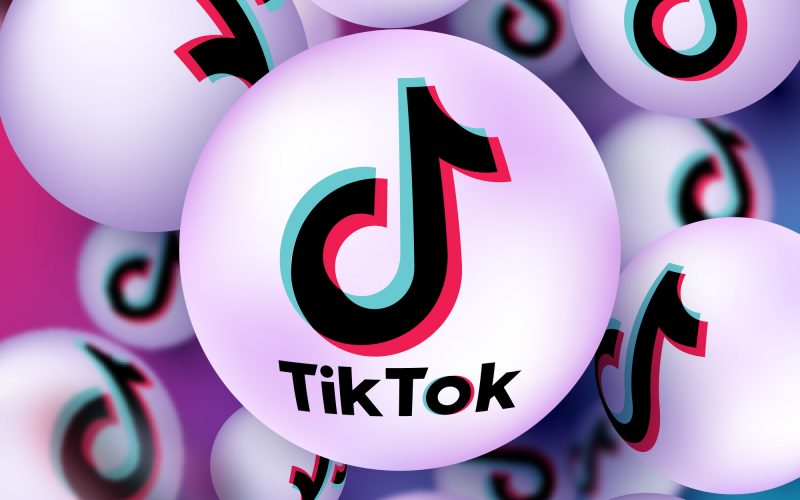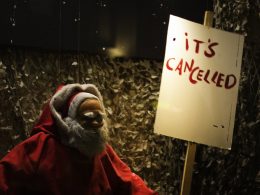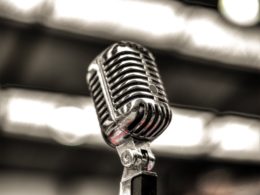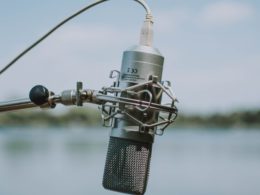In August of 2020, President Trump issued two executive orders (published on August 6, 2020 and August 14, 2020) aimed at banning TikTok in the United States.1 The President also required ByteDance, TikTok’s Chinese parent company, to transfer TikTok’s U.S.-based assets to an American company.2 This sparked back and forth litigation between the United States government and TikTok, as well as creators on the platform.3 While the federal government views TikTok as a national security threat, TikTok creators have fought back to preserve this outlet for their creativity and opportunity for financial reward.4 In light of these events, this article examines how the conflict started and the current status of litigation.
The United States government is concerned ByteDance is a national security threat.5 The domestic fear has two prongs: (1) the Chinese government could access TikTok’s user data on 100 million Americans, and (2) TikTok has the ability to censor content to align with China’s communist ideals.6 The most recent procedural development came on November 13, when the federal government gave ByteDance a new deadline of November 27 to secure a deal with a United States-based owner, likely Oracle or Walmart, and divest TikTok.7 This transfer of ownership would supposedly alleviate the federal government’s data privacy and communist propaganda concerns.
As the conflict is still dependent on court decisions and ByteDance’s ability to divest its American assets, the litigation outcomes are still very much up in the air. President Trump has attempted to use The International Emergency Economic Powers Act to limit TikTok’s continuous expansion in the United States.8 There have been two executive orders issued: one banning transactions with the app and the second giving ByteDance 90 days to divest from all American assets and data that TikTok has accumulated during its existence in the United States. The purpose of these orders was to pinpoint the issue of data privacy in hopes that a U.S. company sale could be pushed through. Despite these efforts, there were concerns about violating the IEEPA.
In the first executive order, Trump drew his legal authority from the IEEPA, which allows the President to control economic transactions in the midst of a “national emergency.”9 Chapter 35 of the United States Code deals with “International Emergency Economic Powers.” Specifically, § 1701 states that the President may use the IEEPA “to deal with any unusual and extraordinary threat, which has its source in whole or substantial part outside the United States, to the national security, foreign policy, or economy of the United States, if the President declares a national emergency with respect to such threat.”10 Furthermore, § 1702 states that with this power, the President can “investigate, regulate, or prohibit any transactions in foreign exchange.” (Chapter 35, §1702, U.S. Code). Yet, this power has never been used against a global technology company, making it difficult for the courts to draw from precedent.11 Under the IEEPA, the government is limited in the regulation of informational material; yet, according to the government, “because the ‘intended object of the [Commerce Identification’s] prohibitions is TikTok Inc.’s commercial transactions,’ any ‘incidental’ effect these prohibitions may have on TikTok users’ exchange of content cannot violate IEEPA.”12 Clearly, given this assertion, there is a conflict between the government’s regulatory power and the creative rights of TikTok users.
Given consistent court decisions granting preliminary injunctions extending TikTok’s existence, there is an implied sense that there is not imminent risk in allowing TikTok to continue its operations in the current manner.13 Going forward, there is much uncertainty about the future of TikTok in the United States. On the surface it seems as if TikTok would be an extremely profitable acquisition for a U.S. company. Yet, due to the risks of intense regulation, potential legal battles, and general concern over the future of social media, it is difficult to predict TikTok’s longevity in the U.S. social media market.
Written by: Anna Conte & Daniel Erber
Edited by: Melissa Ronan & Taylor Sandella
1 Exec. Order on Addressing the Threat Posed by TikTok, August 6, 2020; Order Regarding the Acquisition of Musical.ly by ByteDance Ltd., August 14, 2020.
2 Brian Fung & Sherisse Pham, TikTok granted two more weeks to reach a deal of US business, CNN Business (Nov. 13, 2020, 12:43 p.m.); Mike Isaac & Anna Swanson, TikTok to Challenge Trump Administration Over Executive Order, The New York Times (Aug. 22, 2020),
3 Tiktok Inc. v. Trump, No. 1:20-cv-02658 (CJN), 2020 U.S. Dist. LEXIS 177250 (D.D.C. Sep. 27, 2020); Marland v. Trump, No. 20-4597, 2020 U.S. Dist. LEXIS 202572 (E.D. Pa. Oct. 30, 2020).
4 Fung & Pham, supra note 2; Marland, No. 20-4597, 2020 U.S. Dist. LEXIS 202572.
5 Robert Chesney, TikTok and the Law: A Primer (In Case You Need to Explain Things to Your Teenager), Lawfare (Aug. 2, 2020, 4:07 p.m.)
6 Fung & Pham, supra note 2; Chesney, supra note 5; Fung, TikTok is a national security threat, US politicians say. Here’s what experts think, CNN Business (July 9, 2020, 6:47 a.m.)
7 Fung & Pham, supra note 2.
8 Marland, No. 20-4597, 2020 U.S. Dist. LEXIS 202572 at 1.
9 Id.
10 U.S. Code Ann. § 1701-02.
11 Mike Isaac & Anna Swanson, TikTok to Challenge Trump Administration Over Executive Order, The New York Times (Aug. 22, 2020).
12 Marland, 2020 U.S. Dist. LEXIS 202572 at 8.




